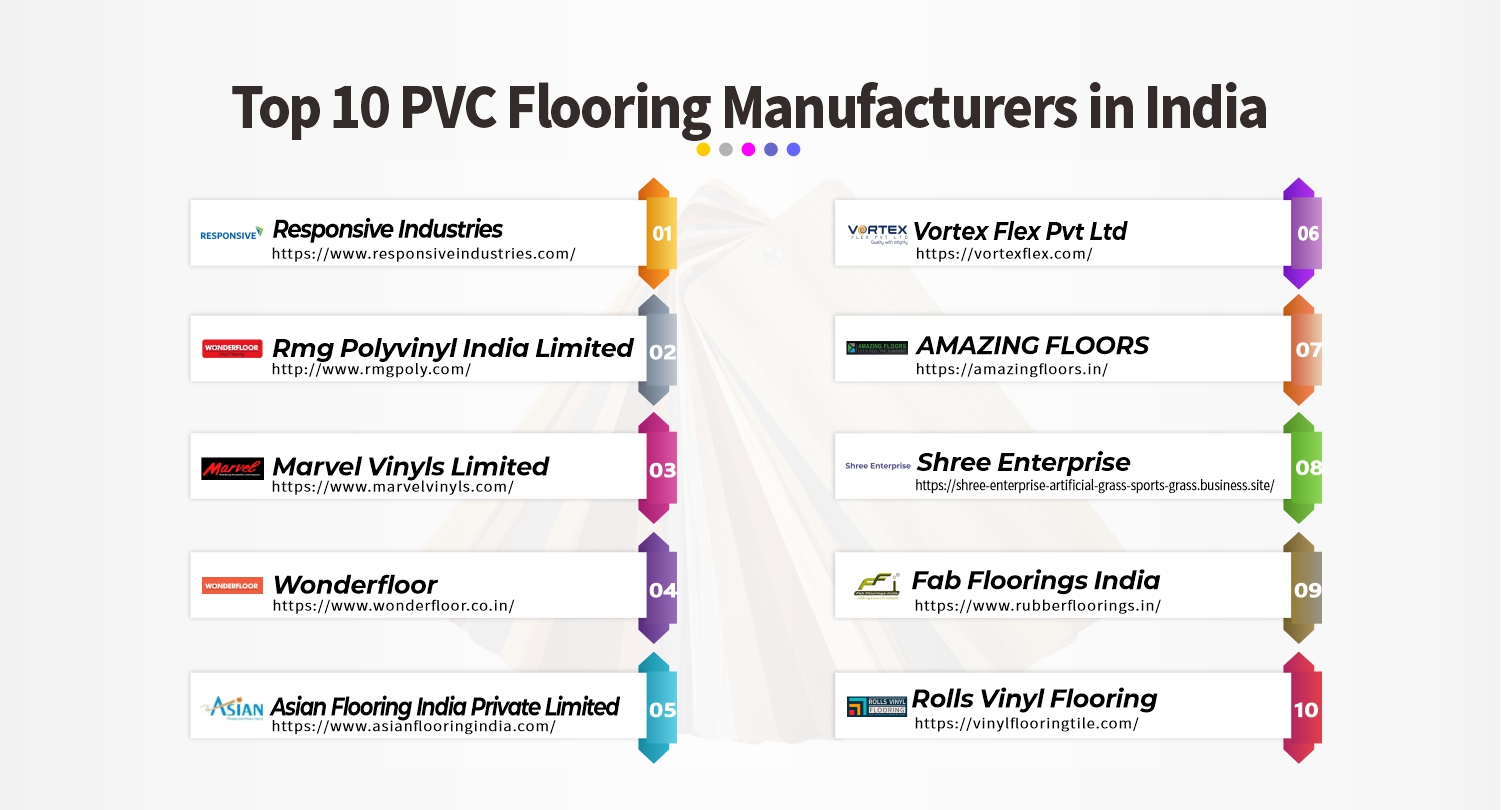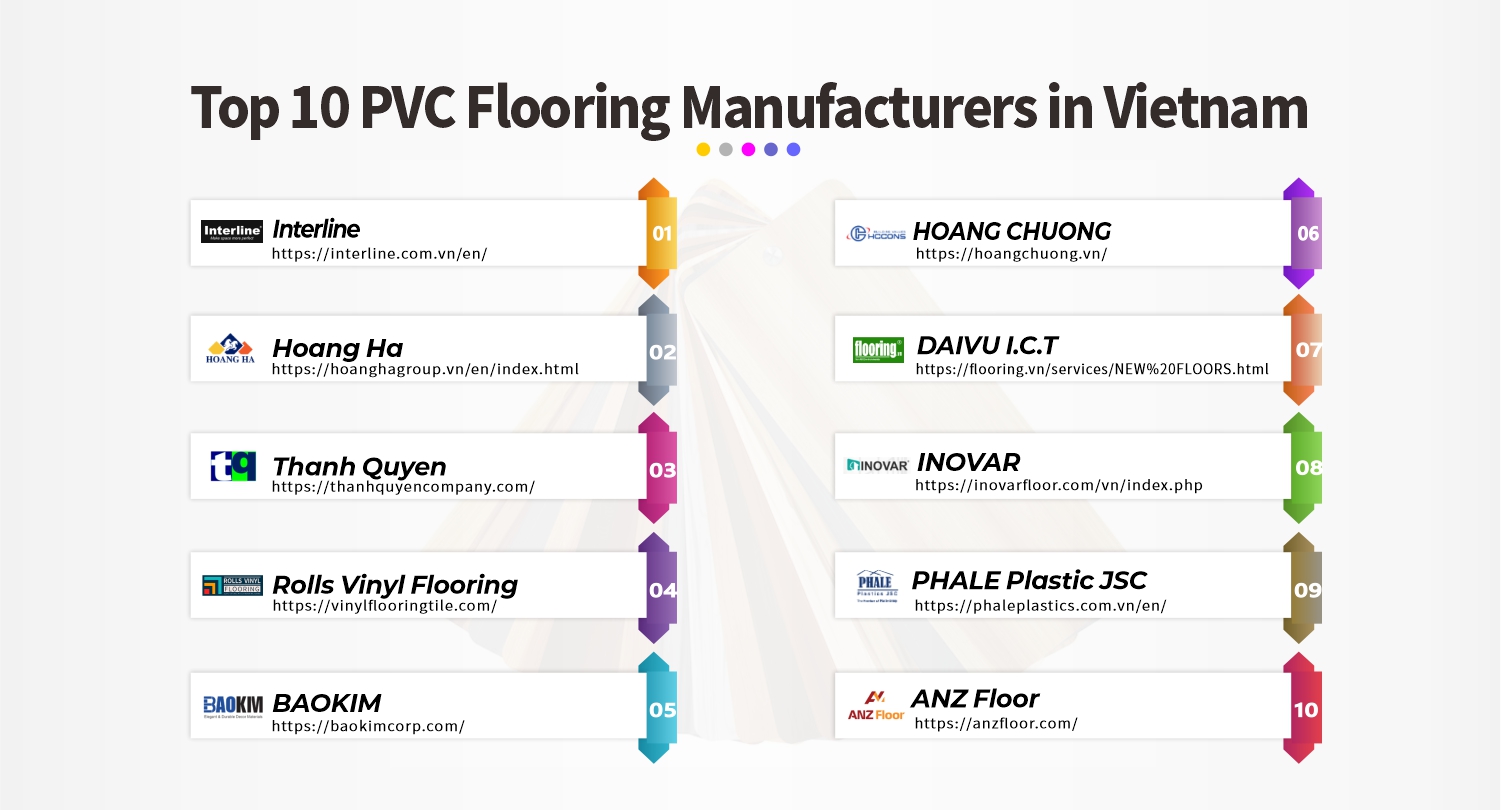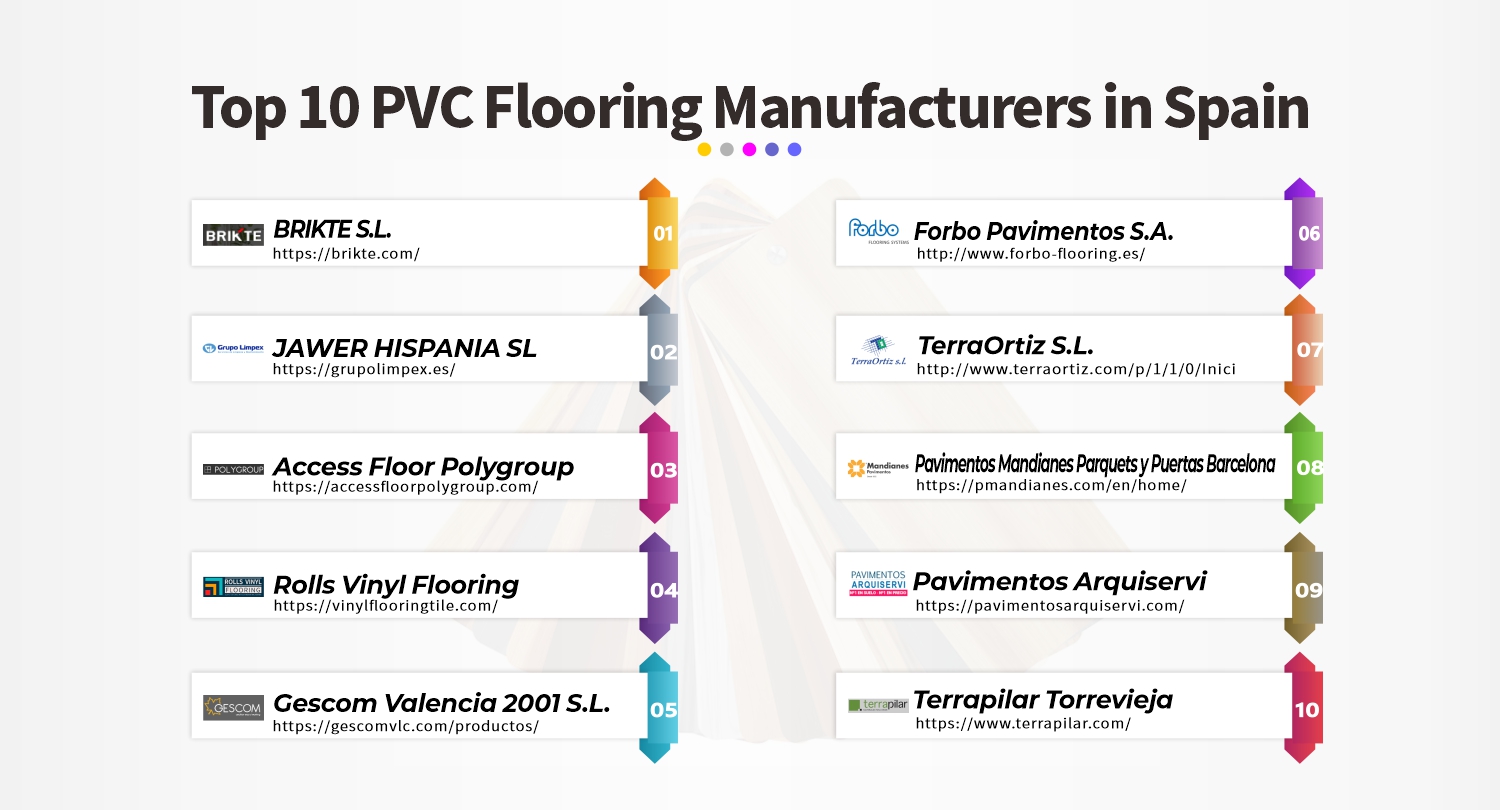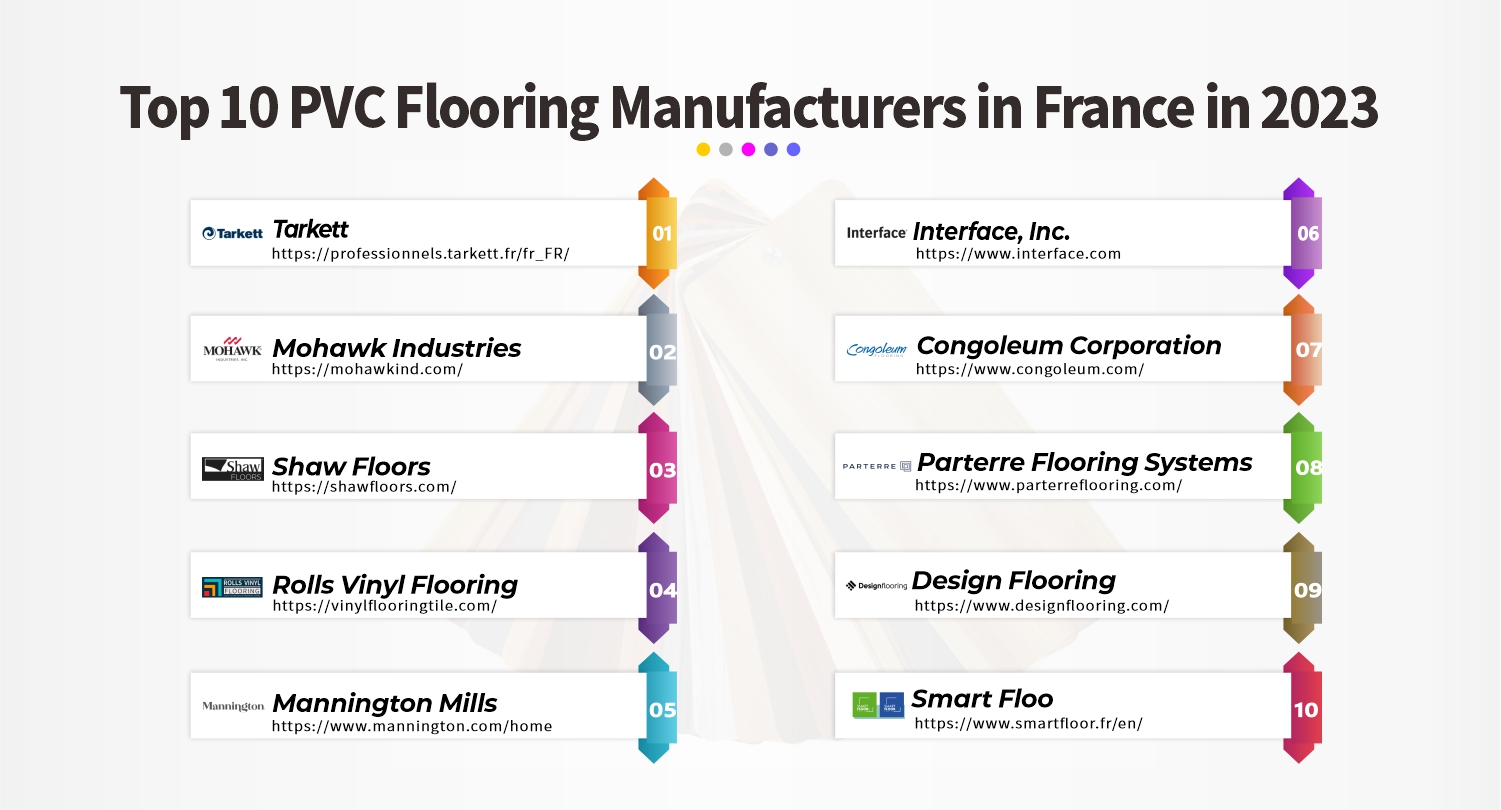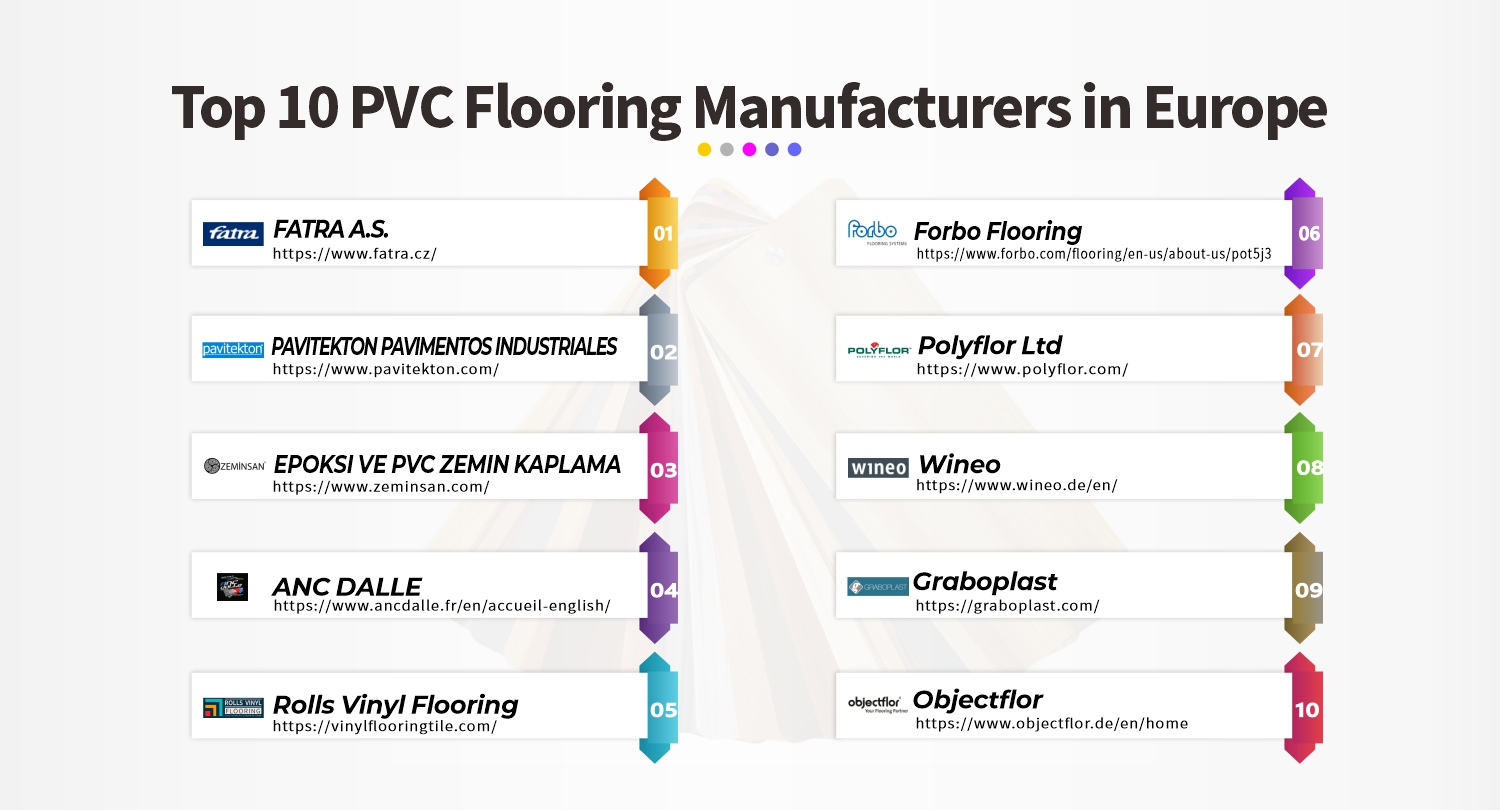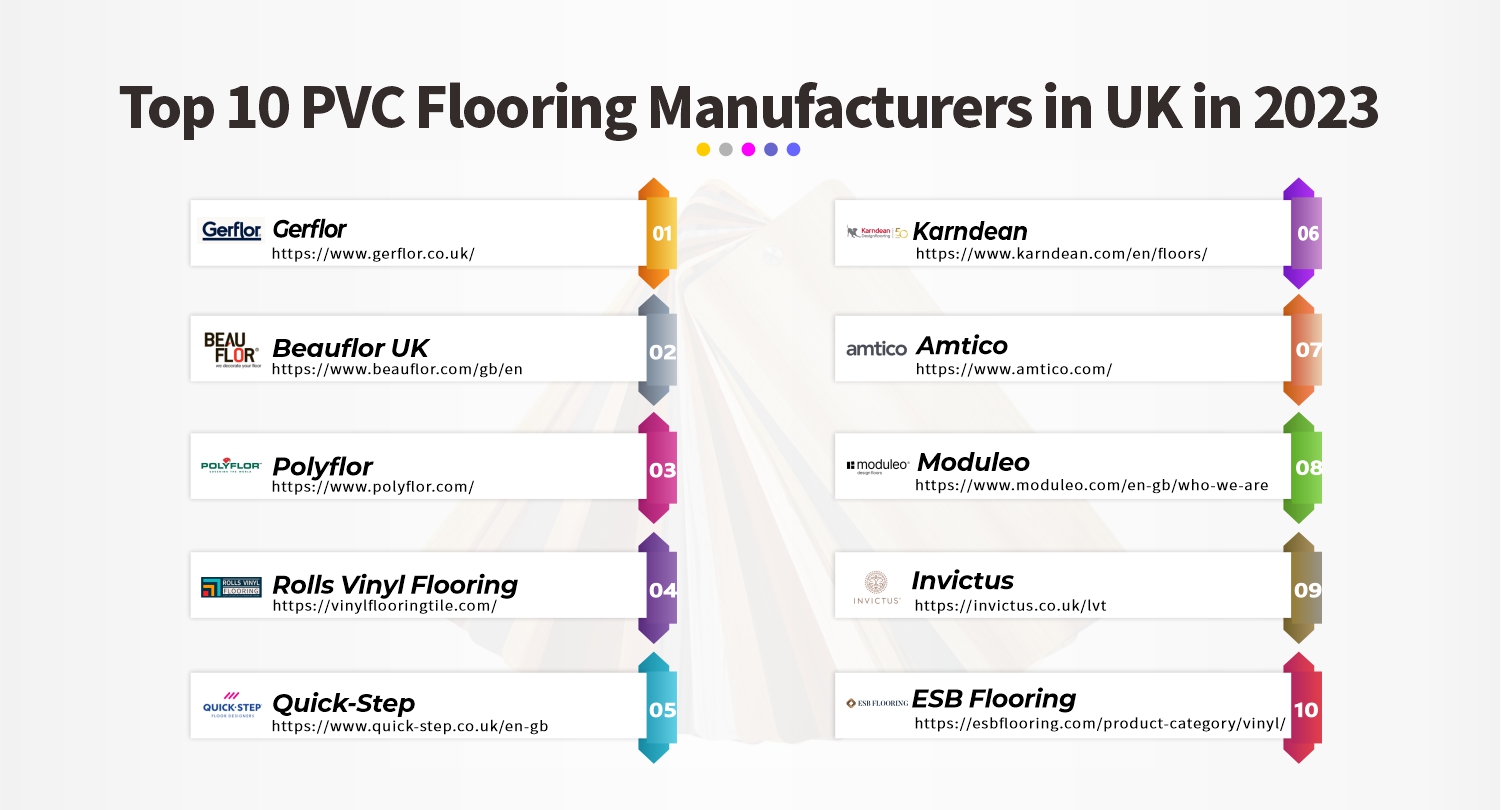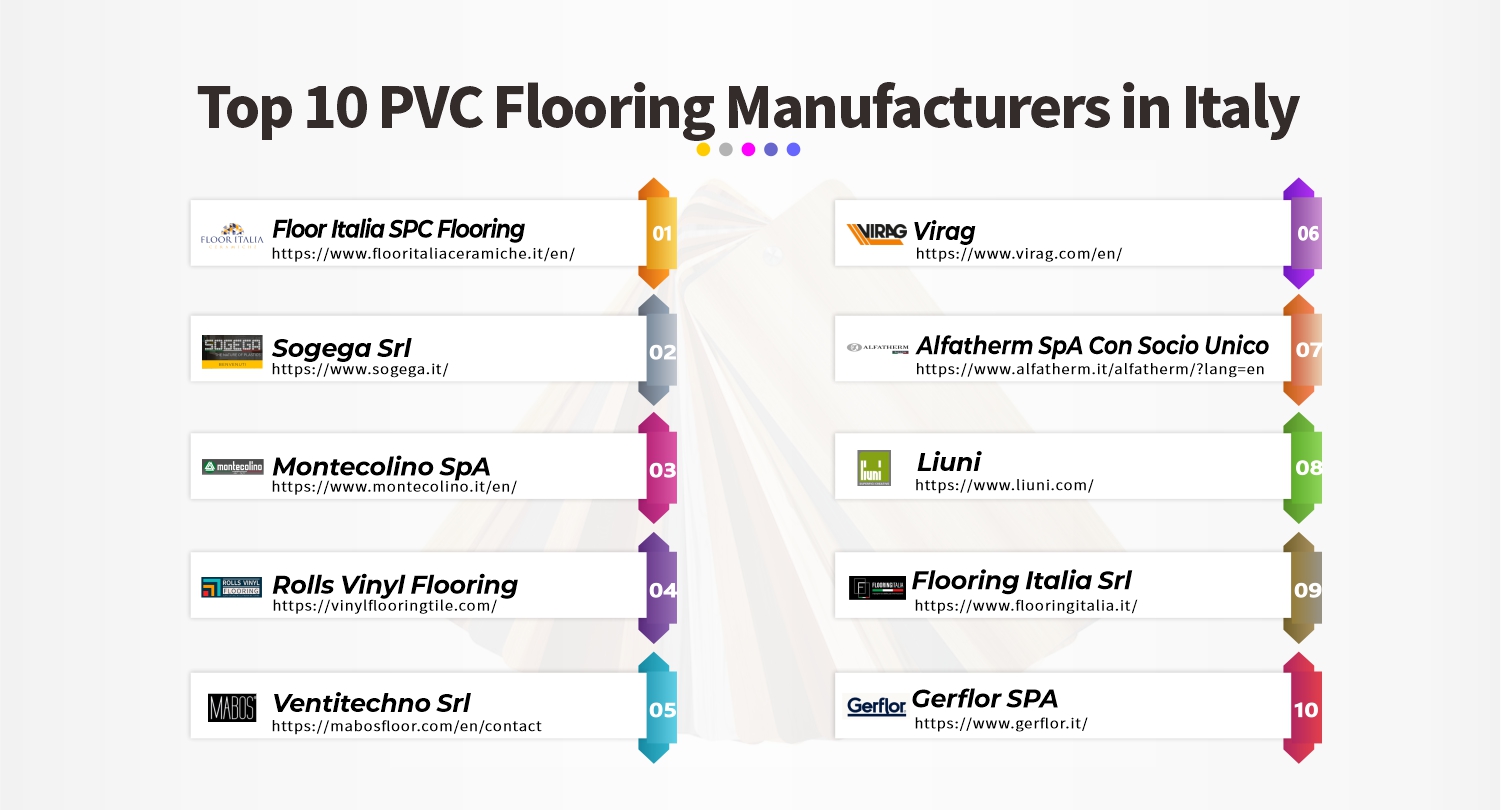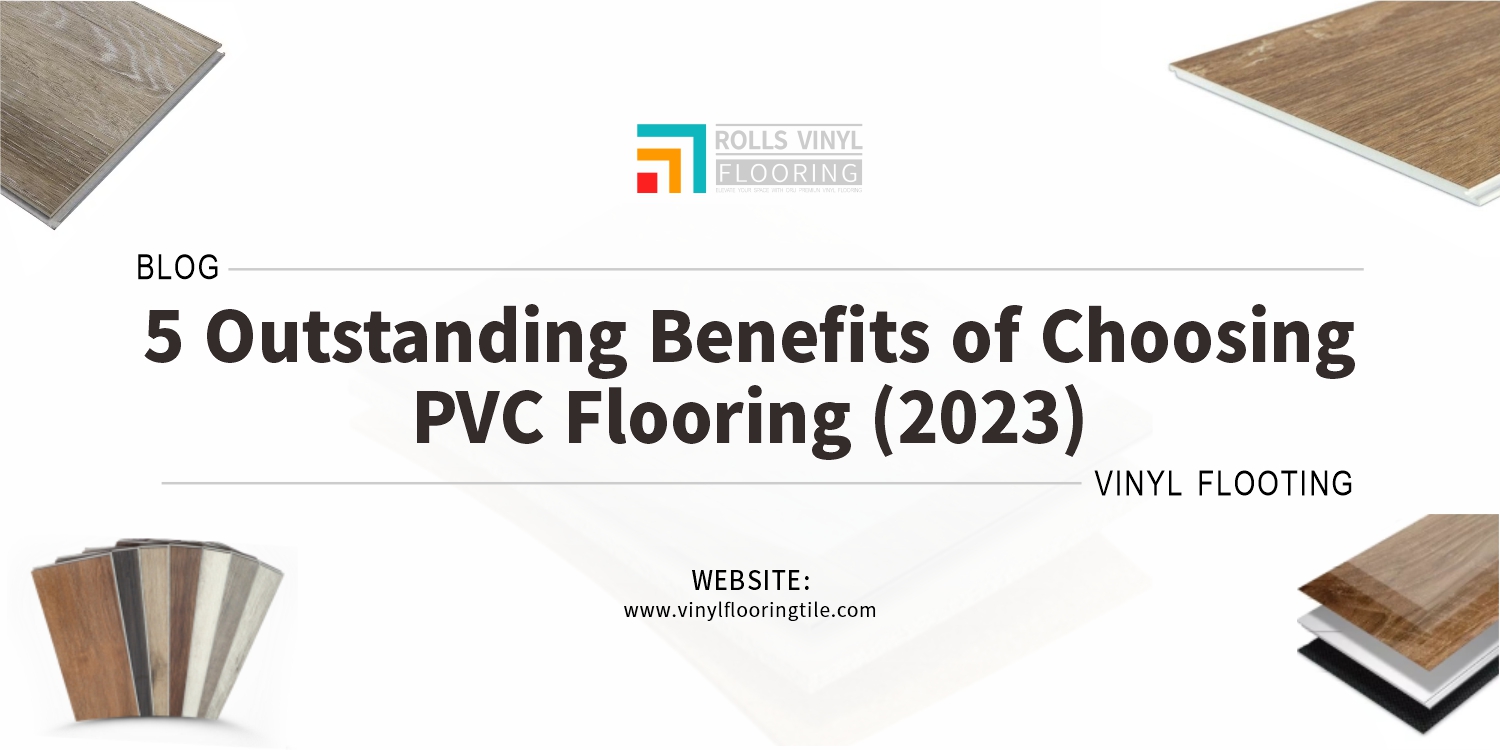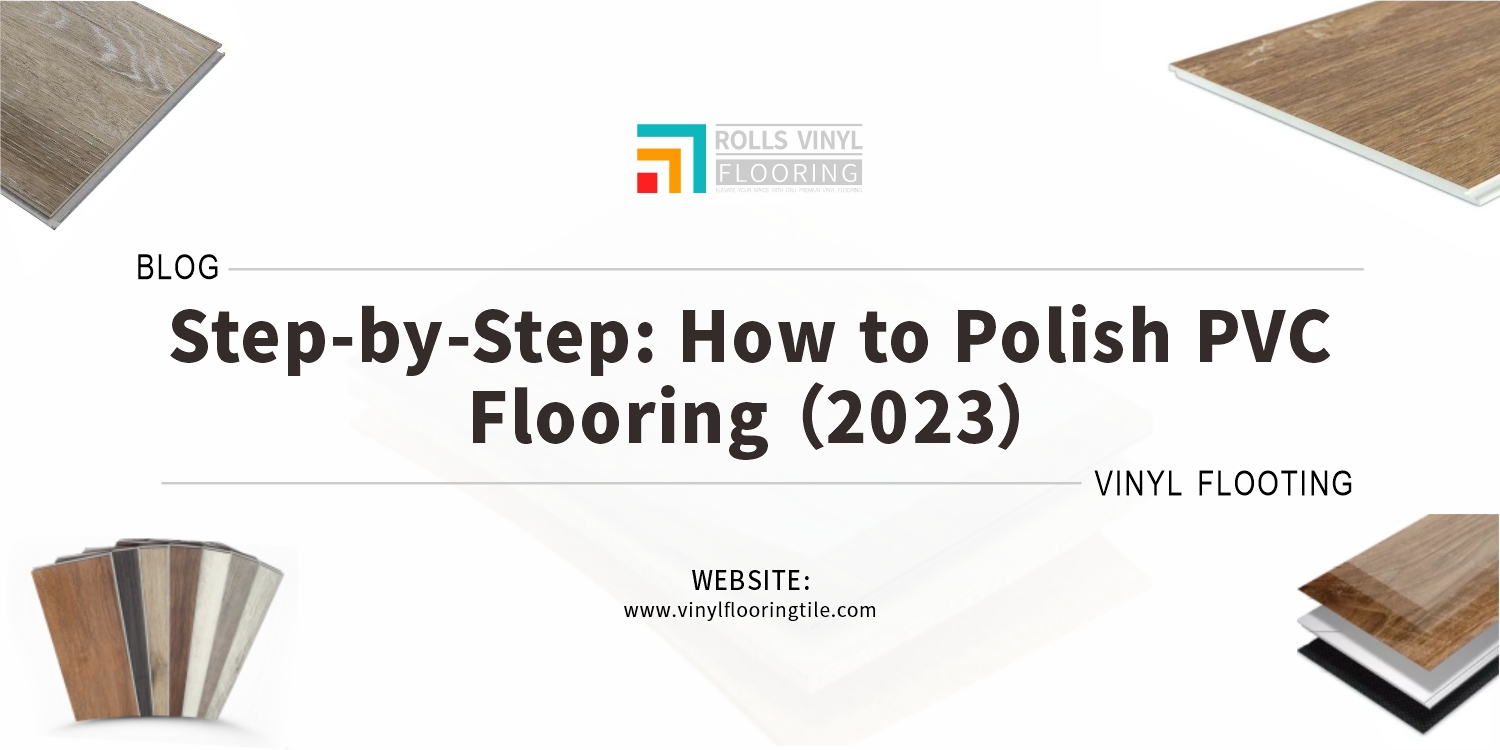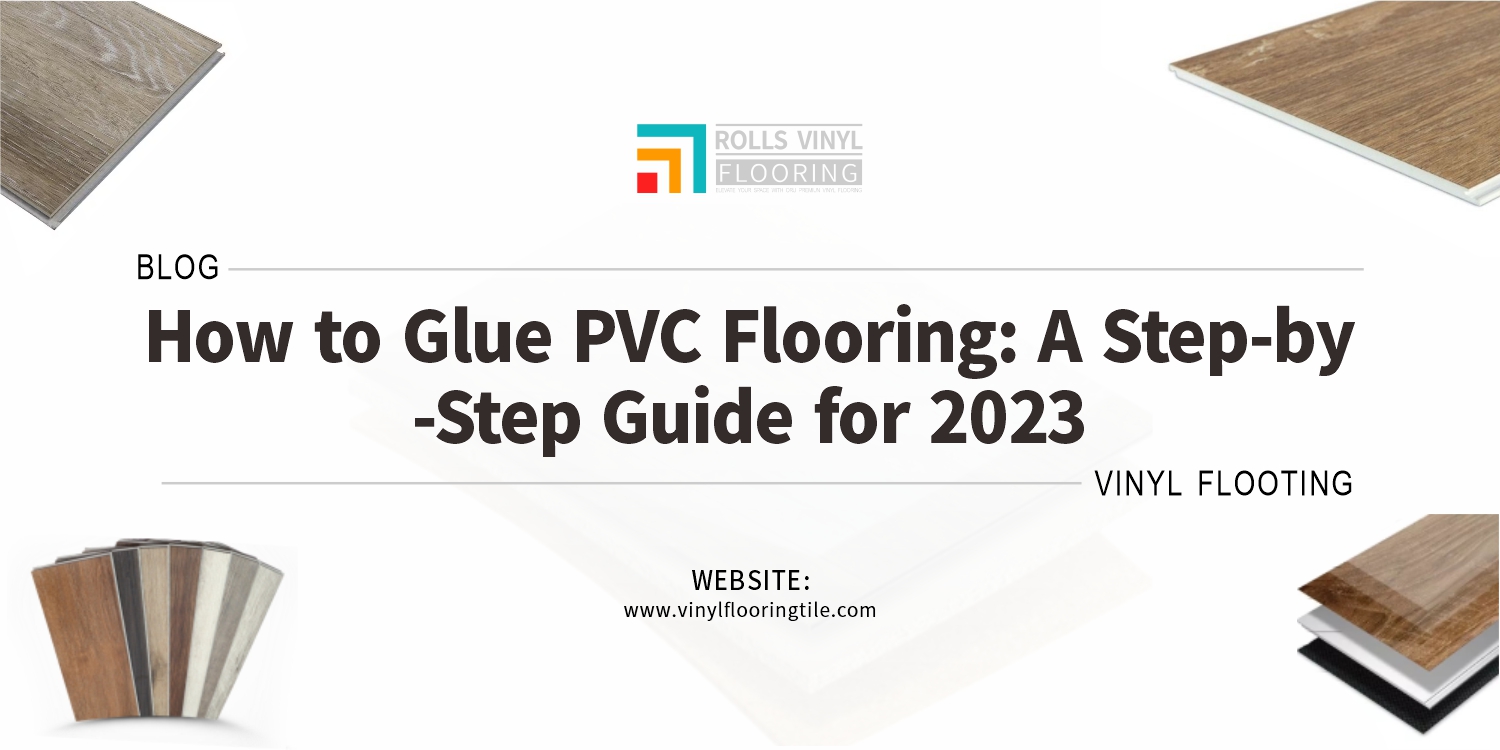Are you struggling to choose the ideal flooring for your home or office space? Are you overwhelmed by the abundance of options available in the market? Do you find yourself torn between Karndean flooring and luxury vinyl tiles (LVT)? If yes, fear not, for there is a solution. Have you considered evaluating your specific needs to determine which flooring option would be the perfect fit for you? Let’s explore the advantages and disadvantages of each material to help you make an informed decision.
Karndean flooring and luxury vinyl tiles (LVT) are both popular choices for home and commercial flooring. While they share some similarities, there are also significant differences between the two types of flooring.
Karndean flooring is a brand of luxury vinyl flooring that replicates the look and feel of natural materials like hardwood, stone, and ceramic tiles. Made from multiple layers of PVC, Karndean flooring is durable, easy to maintain, and comes in a range of styles and designs. It can be installed as glue down or loose lay, depending on the specific product.
In contrast, LVT is a type of vinyl flooring that is designed to mimic the appearance of natural materials. Like Karndean flooring, LVT is made up of multiple layers of PVC, but it typically has a thinner wear layer. It’s also available in a variety of styles and is often sold in planks or tiles for easy installation.
If you’re still undecided about whether Karndean flooring or LVT is the right choice for your home or business, there are a few additional factors to consider. In this guide, we delve deeper into each of the flooring’s material and design, durability, maintenance, installation, cost, comfort, and noise.
Introduction
What is Karndean flooring?

Karndean flooring is a type of luxury vinyl flooring that is designed to replicate the natural look and feel of materials like hardwood, stone, and ceramic tiles. It’s made up of multiple layers of PVC, which give it superior durability and resistance to scratches, scuffs, and dents. Karndean flooring is available in a wide range of styles and designs, making it a versatile option for both residential and commercial spaces. Its thicker wear layer also makes it well-suited for high-traffic areas that may be subject to heavy use. Karndean flooring can be installed as gluedown or loose lay, depending on the specific product.
What is LVT Flooring?

LVT flooring, or luxury vinyl tile flooring, is a type of vinyl flooring that is designed to mimic the appearance of natural materials like hardwood, stone, and ceramic tiles. Like Karndean flooring, LVT is made up of multiple layers of PVC, which provides it with exceptional durability and resistance to scratches, scuffs, and stains. It comes in a wide range of styles, including planks and tiles, and can be installed using a variety of methods, including glue-down, click-lock, and loose lay. LVT flooring is often less expensive than natural materials like hardwood and stone, making it a cost-effective alternative for those looking to achieve the look of natural materials without the high cost.
Material and Design
Karndean flooring and LVT flooring share some similarities in terms of the materials used and design options offered, but there are also significant differences to consider.
Both flooring types are made up of multiple layers of PVC, which provide them with superior durability and resistance to scratches, scuffs, and stains. However, Karndean flooring tends to have a thicker wear layer than LVT, making it more durable and better suited for high-traffic areas.
When it comes to design options, Karndean flooring offers a broader range of styles and customization options. It’s designed to replicate the natural look and feel of materials like hardwood, stone, and ceramic tiles, and can even be customized to create unique patterns and designs. Karndean flooring is available in a wide range of colors and finishes, including matte, gloss, and textured surfaces.
LVT flooring, on the other hand, is also available in a variety of styles, but typically has a thinner wear layer than Karndean flooring. It’s often sold in planks or tiles and can be installed using several methods, including glue-down, click-lock, and loose-lay. LVT flooring is available in a range of finishes, from smooth to textured, and is often less expensive than Karndean flooring.
Durability and Maintenance
When it comes to durability and maintenance, both Karndean flooring and LVT flooring have their advantages and disadvantages.
Karndean flooring is known for its exceptional durability, with a thicker wear layer than most LVT products. It’s highly resistant to scratches, scuffs, and dents, making it an excellent option for high-traffic areas that receive a lot of wear and tear. However, Karndean flooring may require periodic maintenance to keep it looking its best, such as routine cleaning and occasional resealing.
LVT flooring is also durable and resistant to scratches and scuffs, but typically has a thinner wear layer than Karndean flooring. This means it may be more prone to damage over time, especially in high-traffic areas. However, LVT flooring is often easier to maintain than Karndean flooring, requiring only regular cleaning to keep it looking its best.
Installation and Cost
When it comes to installation and cost, there are a few key differences between Karndean flooring and LVT flooring.
Karndean flooring can be installed using two methods: gluedown or loose lay. The gluedown method involves applying adhesive directly to the subfloor and then laying the Karndean tiles or planks on top. The loose lay method involves using a special adhesive strip around the perimeter of the room and then laying the tiles or planks in place. Both methods require some level of skill and expertise, making professional installation recommended. This can add to the overall cost of Karndean flooring.
LVT flooring, on the other hand, can be installed using several methods, including glue-down, click-lock, and loose-lay. Click-lock installation is often the easiest and most DIY-friendly option, as it simply involves snapping the planks or tiles into place. However, more complex installations like glue-down or loose-lay may require professional installation, which can increase the overall cost of LVT flooring.
When it comes to cost, LVT flooring is often less expensive than Karndean flooring. While both types of flooring offer affordable options for those on a budget, LVT flooring typically has a lower price point. Additionally, DIY installation can save money on labor costs, making LVT flooring an even more cost-effective option.
Comfort and Noise
When it comes to comfort and noise, Karndean flooring and LVT flooring have some differences to consider.
Karndean flooring has a thicker wear layer than most LVT products, which can make it more comfortable underfoot. It also tends to have a softer feel than LVT, making it a more comfortable option for standing or walking on for extended periods. However, like all hard surface flooring, Karndean flooring can be noisy when walked upon, especially with high heels or hard-soled shoes.
LVT flooring is generally thinner and less cushioned than Karndean flooring, which can make it less comfortable underfoot. However, modern LVT products often use innovative design and construction techniques to reduce noise and improve comfort. For example, some LVT products incorporate acoustic underlayments or cork backing to absorb sound and provide additional cushioning.
Insight into which option may be better for certain homeowners
When it comes to choosing between Karndean flooring and LVT flooring, there are a few factors that may make one option a better fit for certain homeowners.
For homeowners who prioritize durability and design options, Karndean flooring may be the better choice. With its thicker wear layer and more extensive selection of styles and customization options, Karndean flooring can provide superior durability and aesthetic appeal in high-traffic areas or spaces with unique design requirements.
On the other hand, homeowners who value ease of installation and affordability may prefer LVT flooring. LVT is often easier to install than Karndean flooring, especially with click-lock installation options, and is generally less expensive overall.
When it comes to comfort and noise, both types of flooring have their pros and cons, so homeowners should consider their individual needs and preferences. For example, if comfort underfoot is a priority, Karndean’s thicker wear layer may be more comfortable, while those concerned about noise may want to look into LVT products with acoustic underlayments or cork backing.

In conclusion, the choice between Karndean flooring and LVT flooring depends on several factors, including your budget, desired style, installation method, and level of comfort. Whether you prioritize durability, design options, ease of installation, or affordability, there is a flooring option that will meet your needs and enhance the look and feel of your home or business. By carefully weighing these factors, homeowners can make a confident decision that will provide them with beautiful, long-lasting floors for years to come.


